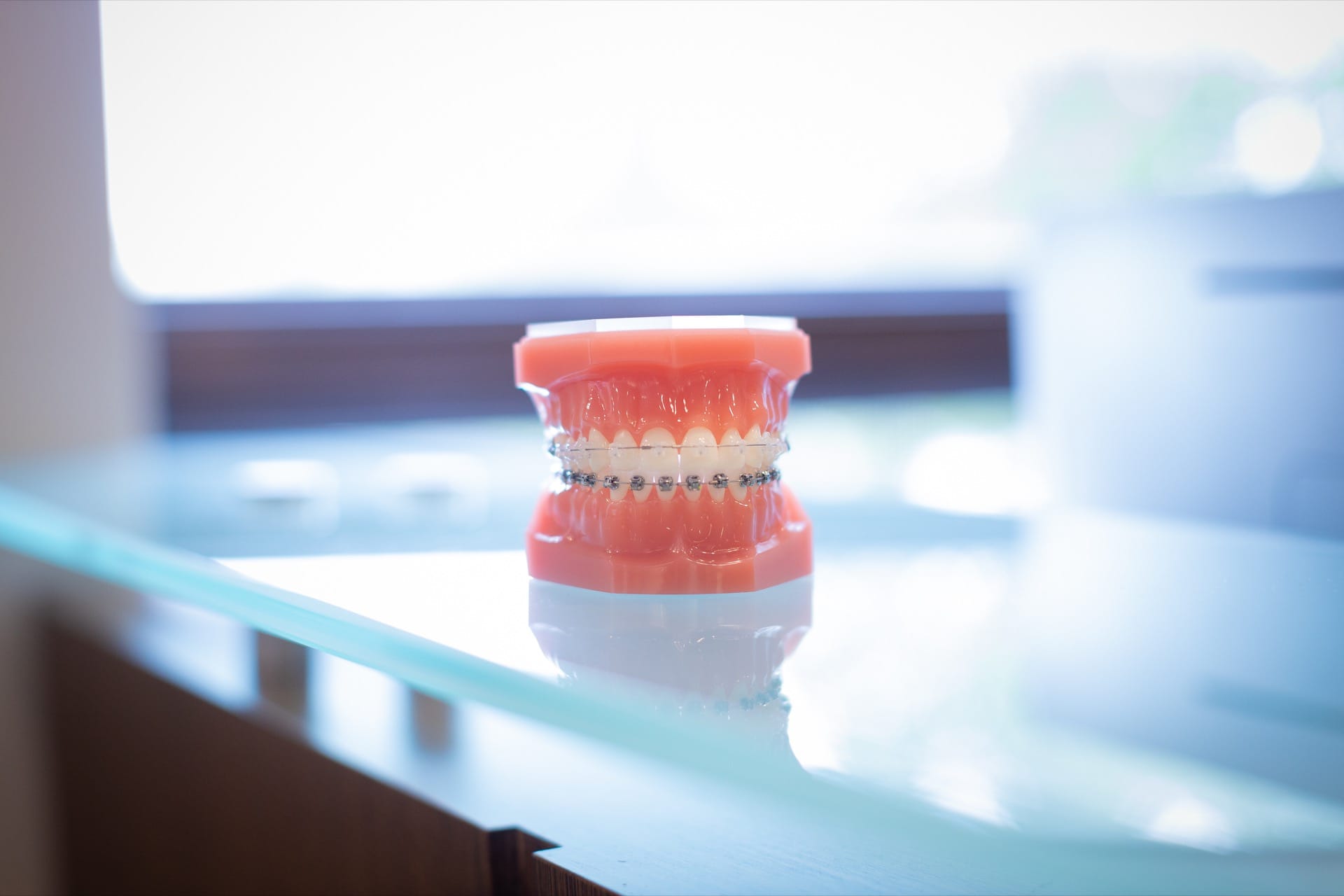Why Do Teeth Move After Braces & How To Prevent It?
If you’ve ever had braces, you know the joy of finally achieving straight teeth. But what happens when you notice your teeth shifting back to their original positions? It can be disheartening, but fear not! In this blog post, we’ll delve into why teeth move after braces and explore some tips to prevent it from happening. So, let’s dive in!
First things first, why do teeth move after braces? Well, the process of straightening teeth involves applying controlled pressure to move them into their desired positions. But once the braces are removed, the work isn’t entirely done. The surrounding bone, gums, and tissues need time to adapt and stabilize the newly positioned teeth. This is where retainers come into play.
Retainers are dental appliances designed to hold your teeth in their new positions while allowing the supporting structures to adjust. They play a crucial role in preventing teeth from shifting back. However, despite their importance, many people neglect to wear their retainers as instructed, which can lead to relapse.
So, how can you prevent your teeth from moving after braces? Here are a few tips to help you maintain that stunning smile:
- Wear Your Retainers: This may seem obvious, but it’s crucial to emphasize. Follow your orthodontist’s instructions regarding retainer wear, whether it’s full-time for a specific period or only during nights. Consistency is key!
- Keep Your Retainers Clean: Proper oral hygiene extends to your retainers too. Clean them regularly using a gentle toothbrush and mild soap or retainer cleaner. Avoid using toothpaste, as it can be abrasive and damage the material.
- Handle Retainers with Care: Retainers can be delicate, so handle them gently. Avoid placing them in hot water or leaving them exposed to high temperatures, as this can distort their shape. Store them safely in their designated case when not in use.
- Attend Regular Dental Check-ups: Don’t skip those routine dental visits! Your dentist will monitor your teeth and ensure they’re staying in their proper positions. They can detect any potential relapse early on and suggest appropriate measures.
- Maintain Good Oral Habits: Continue practicing good oral hygiene by brushing and flossing daily. Healthy gums and teeth provide a stable foundation for your newly aligned smile.
- Avoid Bad Habits: Certain habits, such as nail biting, chewing on pens, or grinding your teeth, can put pressure on your teeth and contribute to shifting. Be mindful of these habits and try to break them.
- Communicate with Your Orthodontist: If you notice any changes in your bite or teeth alignment, don’t hesitate to reach out to your orthodontist. They can evaluate the situation and recommend necessary steps to address any concerns.
Remember, the journey to a straight smile doesn’t end with braces. It’s a lifelong commitment that requires active participation. By following these preventive measures and maintaining good oral habits, you can significantly reduce the risk of your teeth shifting after braces.
So, there you have it! Now you’re armed with knowledge on why teeth move after braces and how to prevent it. Take care of those pearly whites, wear your retainers, and keep on smiling with confidence.



